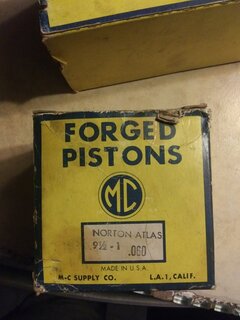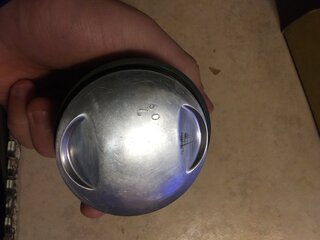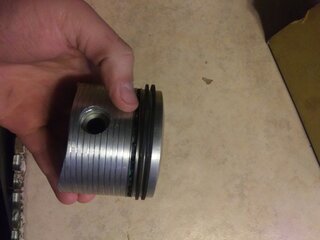- Joined
- Sep 27, 2022
- Messages
- 34
I've got these .060" over MC Forged pistons that I'd like to use in my Atlas. The current barrel is already .040" over and in rough shape, so I think it would be a good contender. Does anyone have a feel for what the piston-wall clearance should be?



